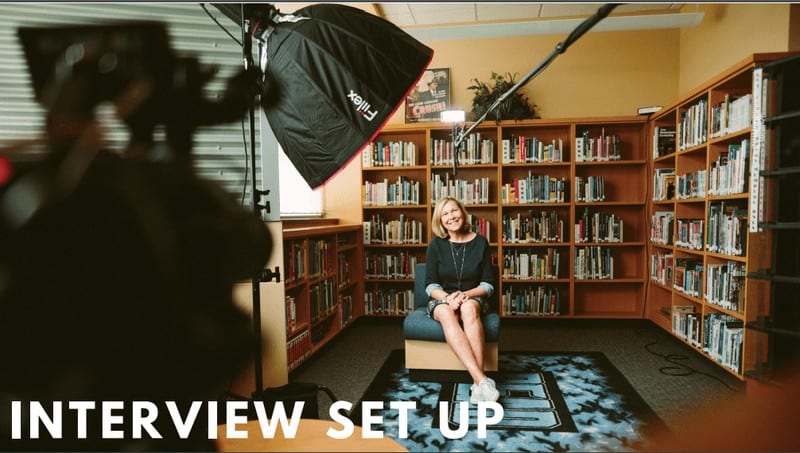As an exercise in how to do pre-production (which is planning and preparing for a video shoot), I’ve been working on a marketing video for a personal injury attorney promotional video to be filmed in Minneapolis MN.
This is not exactly a “how-to” step-by-step guide – as much as it is a walkthrough of what goes through my mind – as I start out my journey as a student.
Author: Ashley Thyen – film student working with Provid Films mentorship program in Minneapolis MN.
–
Gear Talk:
If I were going to create a commercial for a personal injury attorney, I would have all my interview questions ready to go. I would set up the room with a video light. I would aim for a very soft, natural-looking glow so that the viewer would feel comfortable with the interviewee.
Our goal is to create some dimension to our subject’s face but not too harsh of shadows. So in order to get that nice wrap-around light, we may fill in those shadows with fill lights.
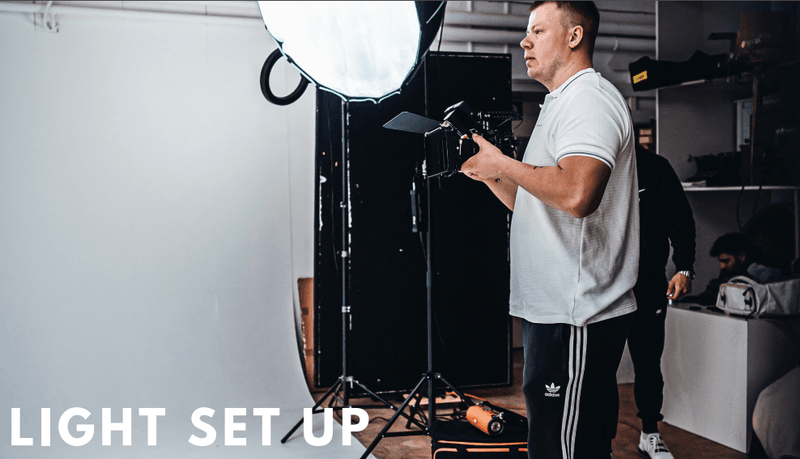
Posing:
In our sample video shoot, we’d be interviewing a female attorney and she will be sitting in a chair that will be angled slightly off-camera (and slightly to one side or the other of the frame).
This creates a more comfortable setting for the viewer. The interviewer can ask questions without hiding behind camera gear sitting off to the side of the camera. The interviewee can relax and have a genuine conversation. The more the interviewer can help the subject relax into a natural conversation – meaning they don’t feel like they are being interviewed but having an actual conversation with a human being – then the viewer can feel like they are part of the conversion.
Also, keep in mind the rule of thirds. It is a photography term that basically means keeping things off-centered (and more interesting than a dead-centered face talking to the camera). It is a “rule” that’s not exactly followed to a “T” – but is good to keep in mind. You can find this grid on most camera monitors. This kind of shot pulls the viewer into the shot as the subject is framed in a scene where your eyes can explore around the subject and not just stare into their face in the middle of the shot.
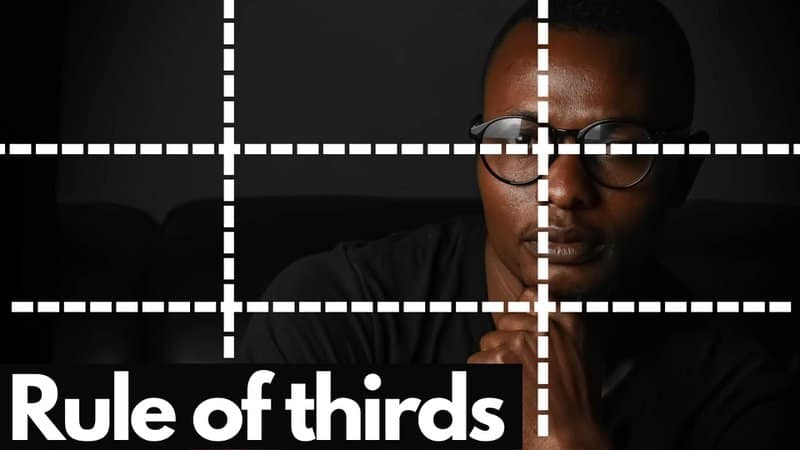
Rules are meant to be broken – so for dramatic effect and when the job calls for it – sometimes we do center subjects.
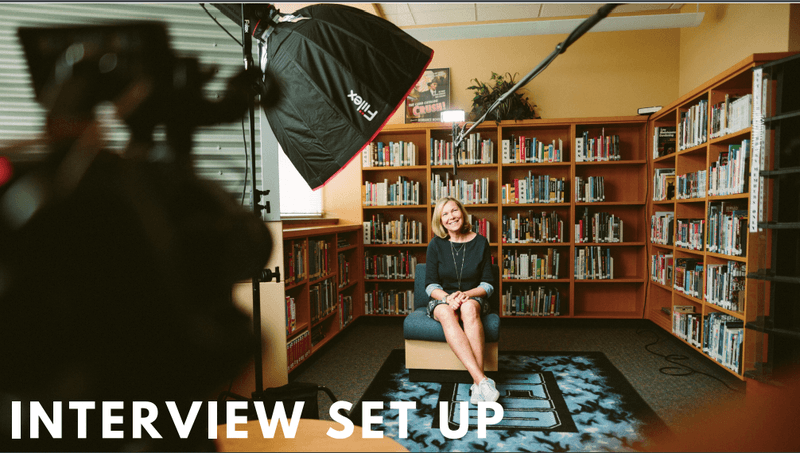
Location
Not every location is beautiful – often it’s a small conference room or a law office with desks and paperwork and chairs in the background. Given how fast-paced the lives of active personal injury attorneys are, the time to drive to a video production studio can be too much. So instead, sometimes we will bring a backdrop set up for onsite video shoots.
Depending on the location, a backdrop might be used to reduce distractions. A softer color can be used to give off a calming feeling. The camera attaches to a tripod that will be set to show her from the waist up. This is to give the viewer the chance to see hand movements and allow for personal space.
Often interviewees wonder if their shoes are going to show (they won’t) or if they have to clean their office (they don’t) for interviews. Unless they want to show a full body shot – and have shots in their office. But that is a personal choice.
If interviewing a number of attorneys on a given day, we can use a green screen to change out the background color or even scene later when editing.
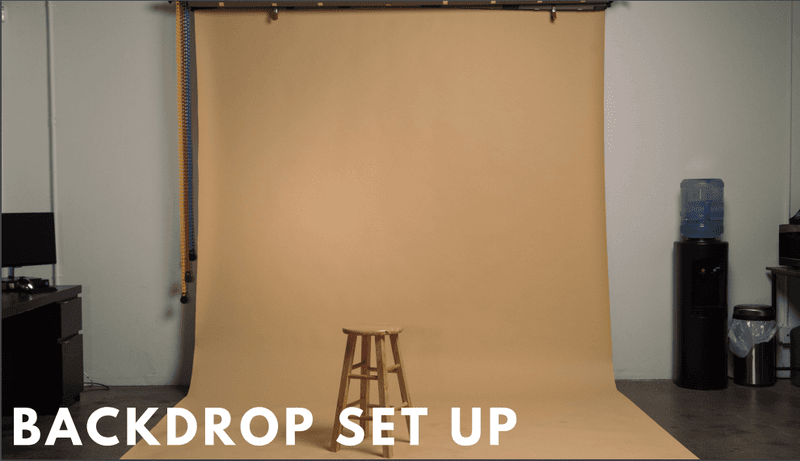
Camera Kit:
The tripod works well for stationary interviews. The camera can be set for the interview, and it will not need to be moved or adjusted while interviewing (for the most part). Typically shutter speed is set to 2x the frame rate. So if we’re filming 24fps (frames per second) we would film at 1/48th shutter. 30fps (or 30p) would be 1/60th of a second shutter. This is also called a 180-degree shutter angle for the more technical video people out there. Having the right shutter speed (or shutter angle) makes for a natural looking motion blur. That’s the blur our eyes see normally.
An example of this is if you’re taking a picture of a water fall and you see every drop or waves frozen in time. Other shutter speeds make the waves smooth – that’s shutter speed.
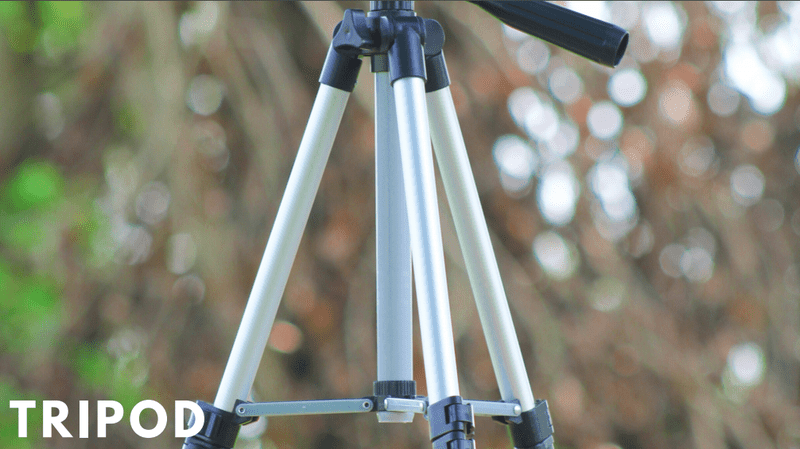
Audio:
A shotgun microphone is used typically just above the subject and 12 inches in front of their voice angled slightly back towards their voice/chest. A lavalier is nice in noisy environments but if the room works (meaning it’s not too loud or has echo issues), then a boom mic sounds the most natural. Boom mics make it easier to hide than a lav – just be careful they are out of the frame and not casting a shadow from the lights onto the subject.
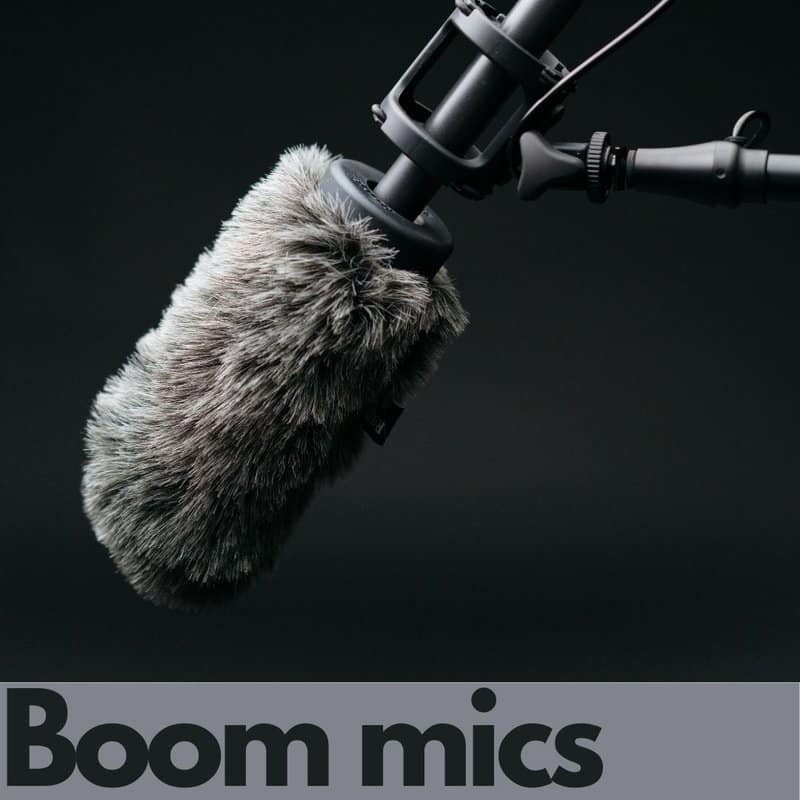
The interviewee is now talking in the direction of the mic. In situations where you are interviewing numerous people in a short period of time – a handheld or boom mic is faster than taking a few minutes to wire up a lavalier (aka pin mic). With COVID – it is also seen now as a safer alternative.
It’s important to make sure you have quality audio recorded with your video – so we plug in headphones to the camera or audio recorder to monitor it during the video shoot. Things we are looking for include: shirts ruffling, wind noise, static interference, plosives, etc.
We always do a sound test to ensure things are good before recording.
Interviewing Questions:
One of the key differentiators in how Provid Films does interviews is in the interview preparations. When preparing for the interview, the person leading the interview (ie. the person on the camera side) will not only read questions off a sheet but actually KNOW the questions, front and back. The idea is that they know what is being asked so that the actual video shoot will feel like a natural conversation for the interviewee on camera.
An older term is the “winding river” where the conversation may flow naturally but as the skilled and prepared interviewer – you guide them back from the edges. You bring them back to ensure you get the content you need for the story you’re trying to tell.
The theory is this: when the conversation feels natural, the viewer will feel as if they are actually there themselves.
When it comes to a marketing video, the specific interview questions will lead to her explaining who she (in our case a personal injury attorney) is, what she does for the clients she represents, and why she is passionate about it her job as an attorney.
When asking the questions, only the interviewee will be shown in the edited version. So we make sure the interviewer/interviewee isn’t talking over each other. Questions should not feel rushed – they should have plenty of time for an answer without getting wordy. Where necessary, elaborate on the answers given.
When editing – we would rather have extra footage (and sound bytes) than not enough.
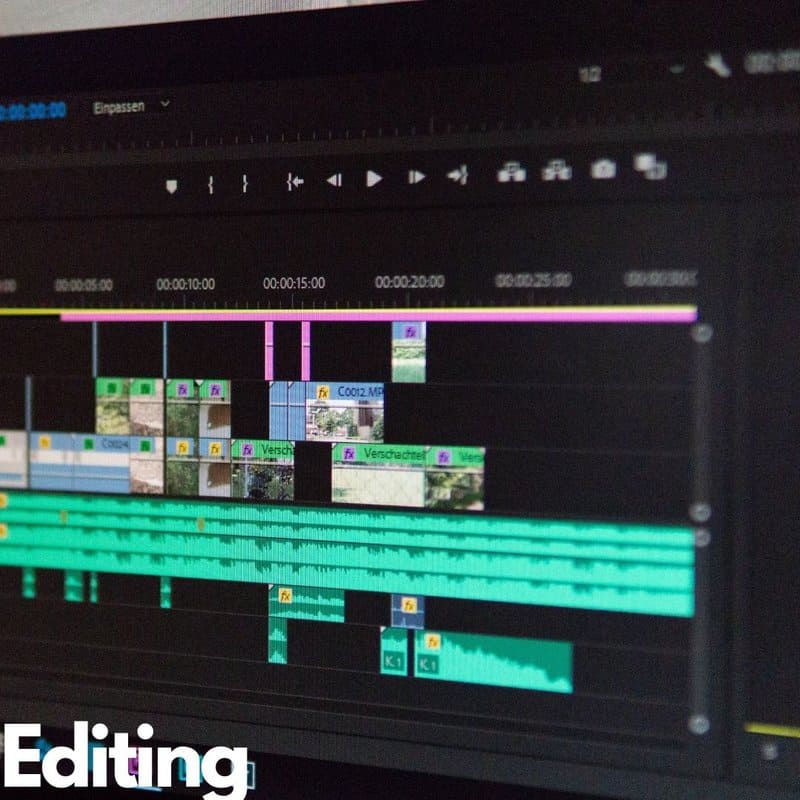
Editing
My idea for the edited marketing video for this law office in Minneapolis Minnesota is as follows. I would include the personal injury attorney answering questions on camera, I will show a few B-roll shots of Carrie in her office working. B-roll is when you show images to get a relevant and personal look at what the subject is referring to. Think of it as “action shots” to visually show what you’re trying to say.
The original lighting in the office will need to be fixed. It may distort the colors in the room and also the subject(s). To correct the original office lighting, colored plastic film called gels might be used under the office light or the original lighting might have to be replaced entirely. Example would be changing the light bulbs in fixtures to make the colors all warm or all bright white. If a light is too bright we may use a diffusion material to filter out some of the light. Some additional lighting may have to be added to highlight to the face.
A few cut-away shots will be used. A shot from overhead, showing the interviewee in a computer chair, the desk to the left of her, and her computer on the left side of the desk. I might want to use a slider (or a basic monopod) to get some smooth side-to-side motion.
A monopod is used for smooth control in tight spaces. Different from a tripod, which has three legs holding it up. A monopod has one leg that is set on the ground and is held up by a camera operator. It can also be adjusted to different lengths.
Planning out this imaginary shoot:
The scene starts when she turns left in her chair to face her desk. The camera moves left to right almost moving in the same motion as her, or as if the camera is moving her chair. The next shot will be a zoomed-in shot from behind the desk as if from a customer's point of view.
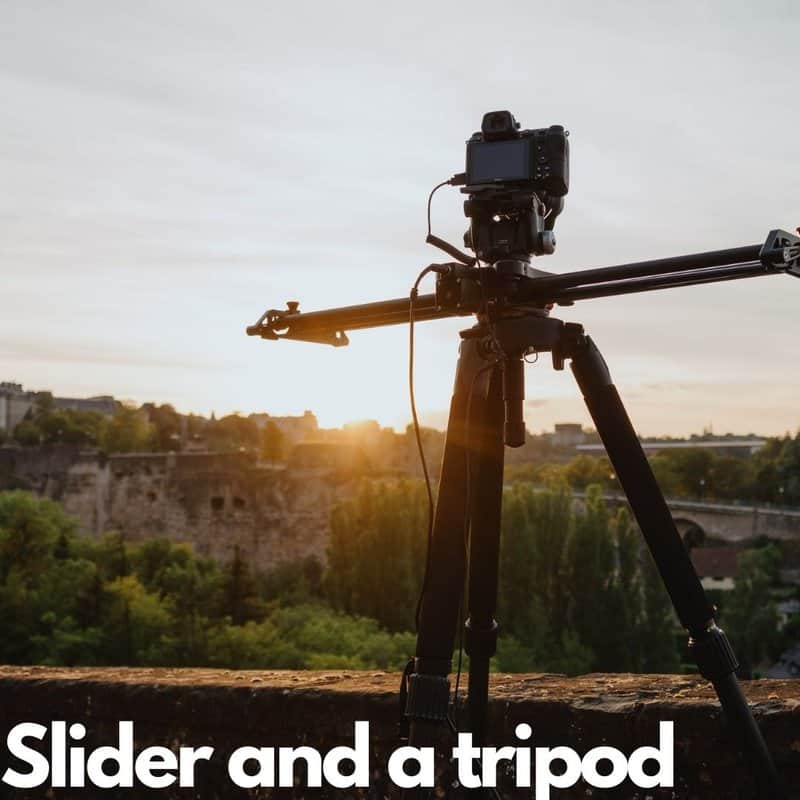
The next shot will use a slider and a tripod. Sliders are attached to a tripod and are used for sliding back and forth or up and down. They give off a more professional look than a hand-held camera and give a smoother look when it comes to motion. However, though the camera can now move vertical or horizontal, it cannot move beyond the length of the slider and is still held to the ground like a tripod. The shot starts with both the camera and her moving. Carrie is moving to face her computer directly, and the camera moving in closer to the desk and her. Still frame of a close-up of her putting her hands on the keyboard. Then a shot of her face looking focused.
In editing, give attention to her eyes. Color grade to make her eyes the center point. This will make it seem more personal. No sounds will be purposely recorded, and all background sounds will be taken out in editing. This way, the viewer will have a clearer voice-over of Carrie that can be clearly understood and heard.
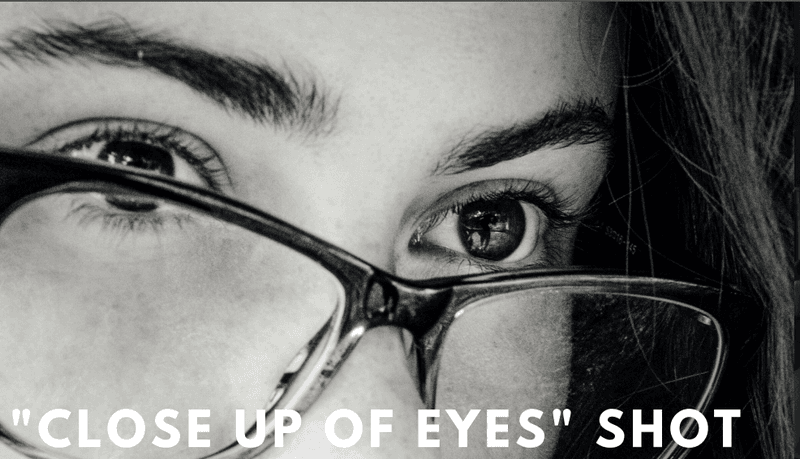
Cut back to the personal injury attorney in the interview. This time she is seen from a slightly closer shot, elbows up. She is now explaining the fears that enter people's minds when they are faced with an injury. Something along the lines of "Will I be able to pay my medical expenses? How long will I be off work? Could I go into debt? How will this affect my family?" These lines could be plucked from the previous interview answers or current, more direct questions.
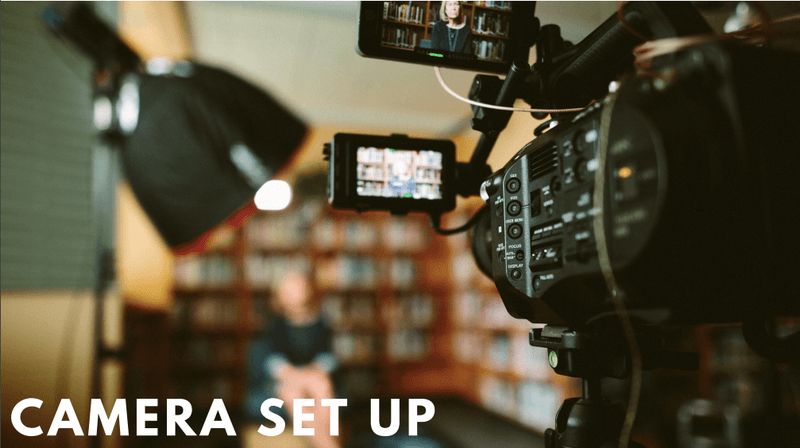
Cut to a reveal shot with a handheld video stabilizer. Starting from behind medical equipment, moving from left to right, and revealing a guy in physical therapy, relearning how to walk. A bar on each side is used for support, and slowly he moves his body forward. A personal trainer by his side, arms out, ready to catch him. Then a shot moving up from his legs to his face, and his painful expression.
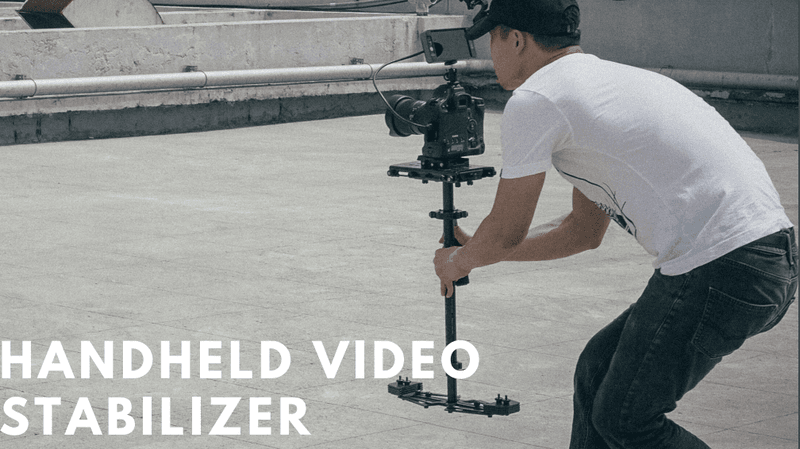
I want to keep in mind the 180-degree rule. This means that the camera person should never pass that invisible line. We don't want the personal trainer popping from one side to the other. No sounds will be purposely recorded and all background sounds will be taken out in editing. This way the viewer will have a clearer voice-over of the personal injury attorney. The original lighting might be shown a little more here. We want the viewer to have an uncomfortable feeling about this shot. Still using some fill lights to clear up the shadows and make expressions much clearer.
Cut back to personal injury attorney talking about Medical bills and taking care of loved ones. Again, These could be plucked from the previous interview answers or from current more direct questions.
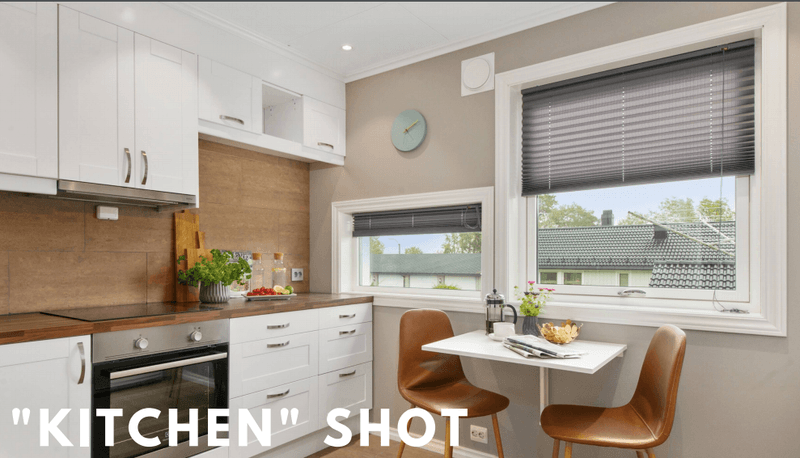
Cut to a dining room. Again, No sounds will be purposely recorded, and all background sounds will be taken out in editing. This way, the viewer will have a clearer voice-over of Carrie that can be clearly understood and heard. A wide shot with a monopod will be taken. A wide shot will be used to show more detachment and the world feeling like a bigger, maybe insecure place. The shot starts with a woman sitting at a table.
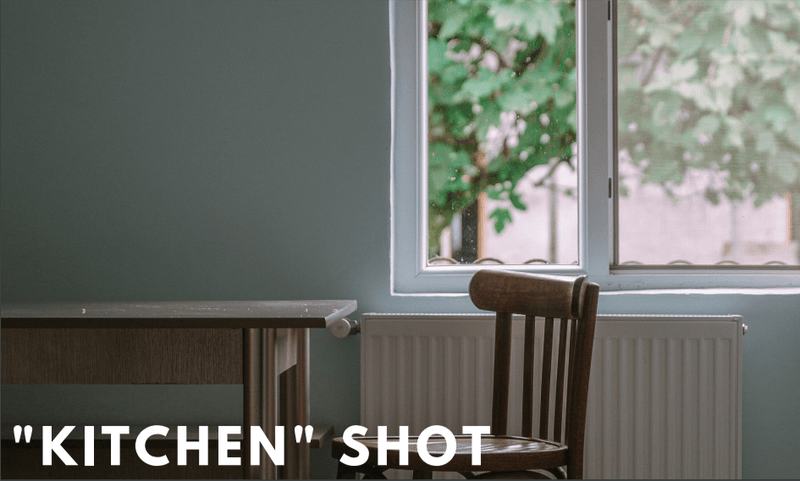
Close-up shot of her worried face. Then an over-the-shoulder shot as she holds Medical bills. A blockage shot from behind her head, looking out a window. Through the window, we can see kids playing outside. Switch to being outside with the kids playing, and as the viewer, you can see her inside the house still. The lighting in these shots will be mostly coming from the window. To give off the emotion of feeling trapped. Ending with the light on her face looking out, as if looking for or finding hope.
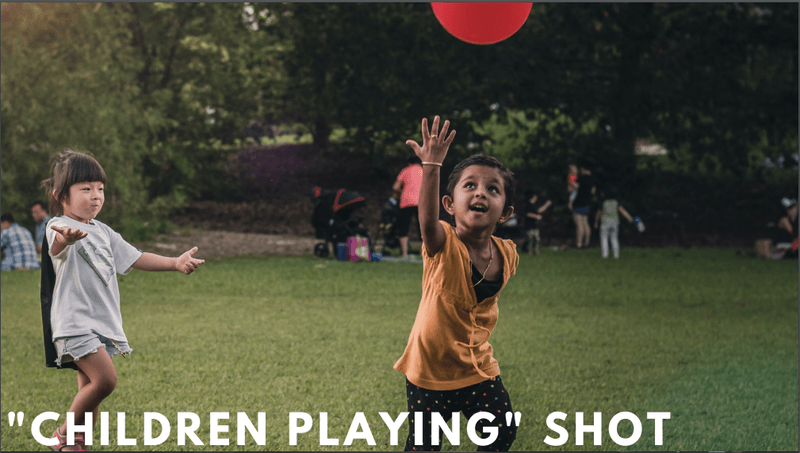
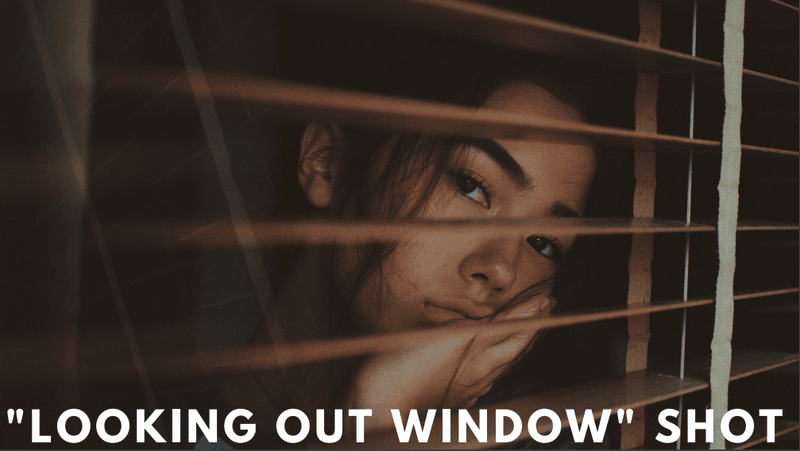
Cut back to the personal injury attorney I know what it's like to have others counting on you. I know what it's like to be responsible for others. Let me take care of the legal side of things so that you can get back to what is really important."
The Logo goes across the bottom of the screen from left to right landing on the right bottom corner. Closely following after the logo will be the phone number and the rest of her contact information.
About this blog article author:
– Ashley is a 2020 film student part of an online film school that places students in active, professional video production studios. She is working with Provid Films mentorship program in Minneapolis MN.
Learn more at www.providfilms.com
